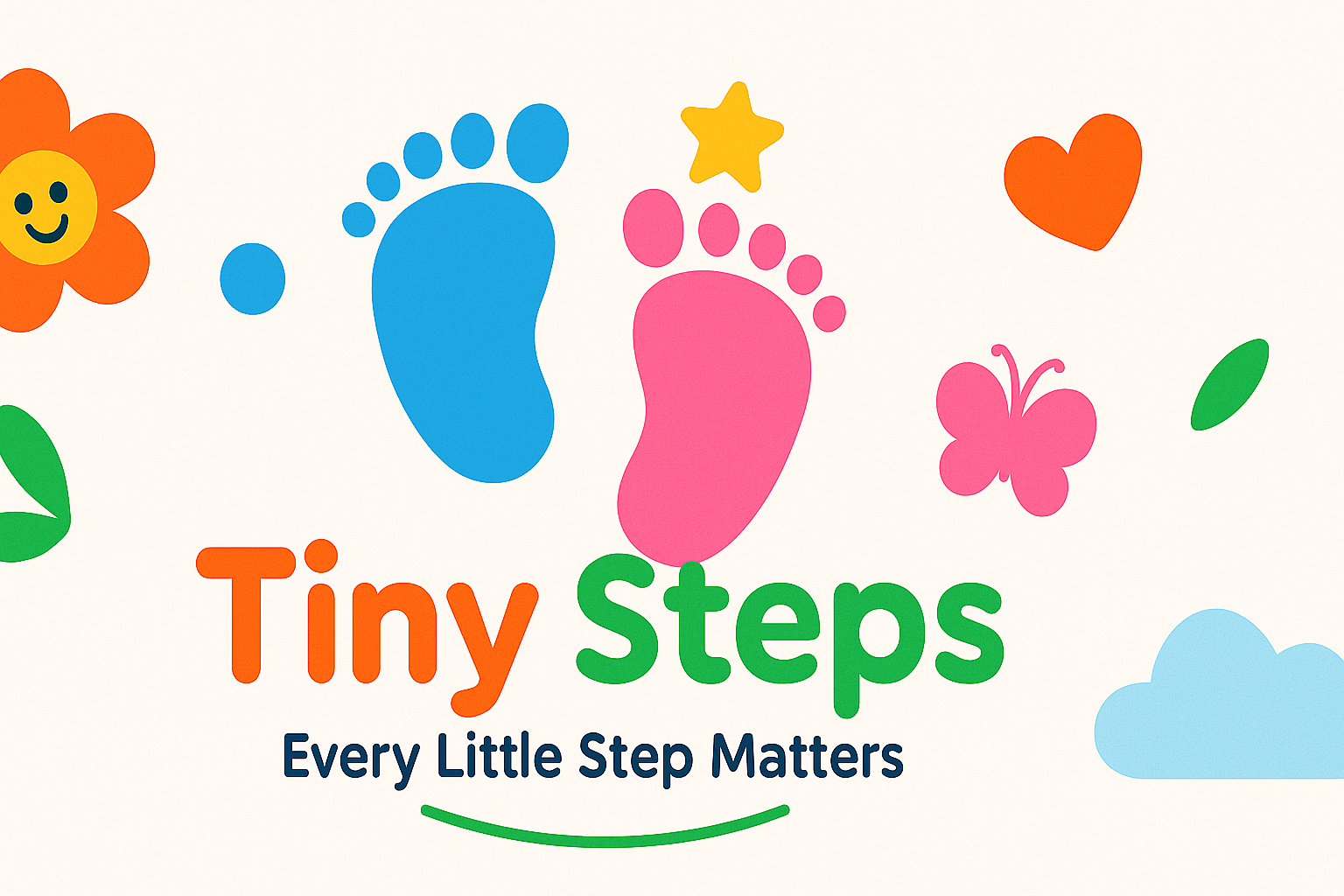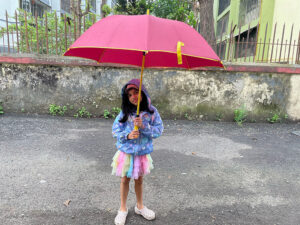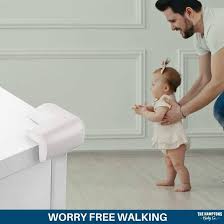Author: M. Sharanya
Published on: July 8, 2025
As your toddler begins to crawl, climb, and explore, your home suddenly becomes a world of exciting (and potentially dangerous) adventures. Toddler-proofing isn’t about restricting freedom—it’s about creating a safe space that encourages learning and exploration without unnecessary risks. This complete safety checklist helps parents make their homes safer for curious little ones.
Contents
Why Toddler-Proofing Is Essential
Toddlers are naturally curious and have no real sense of danger. They love to climb, open, pull, and touch everything in sight. A well-toddler-proofed home minimizes the risk of injury while still allowing children to move around freely. Prevention is key—and this guide shows you how.
Room-by-Room Toddler Safety Checklist
Living Room
- Secure TVs and heavy furniture to walls to prevent tipping.
- Use corner guards on coffee tables and low furniture.
- Keep remote controls, batteries, and small objects out of reach.
- Cover all electrical outlets with safety plugs.
Kitchen
- Install safety locks on all cabinets and drawers.
- Keep knives, scissors, and cleaning products locked away.
- Use stove knob covers and back burners when cooking.
- Ensure trash bins are covered or placed in inaccessible areas.
Bathroom
- Always keep the toilet lid down or use a toilet lock.
- Store medications and toiletries in high or locked cabinets.
- Use non-slip mats in the bathtub and on the floor.
- Never leave your child unattended during bath time.
Bedroom
- Ensure crib meets safety standards with a firm mattress.
- Keep cords from blinds or curtains out of reach to prevent strangulation.
- Use outlet covers and anchor any dressers or bookshelves to the wall.
- Avoid using pillows or large stuffed animals in the crib for toddlers under 2.
Stairs and Hallways
- Install baby gates at the top and bottom of stairs.
- Keep hallways well-lit and free of clutter.
- Secure area rugs with non-slip pads.
General Safety Tips
- Keep emergency contacts and poison control numbers visible.
- Test smoke and carbon monoxide detectors regularly.
- Store choking hazards out of sight and reach.
- Supervise toddlers at all times, even in “safe” areas.
Final Thoughts
Toddler-proofing your home may seem overwhelming at first, but this checklist can help simplify the process. Making small changes now can prevent serious injuries later. Your goal isn’t to stop your toddler from exploring—it’s to make their environment safer so they can learn and grow with fewer risks. Start today, one room at a time.





